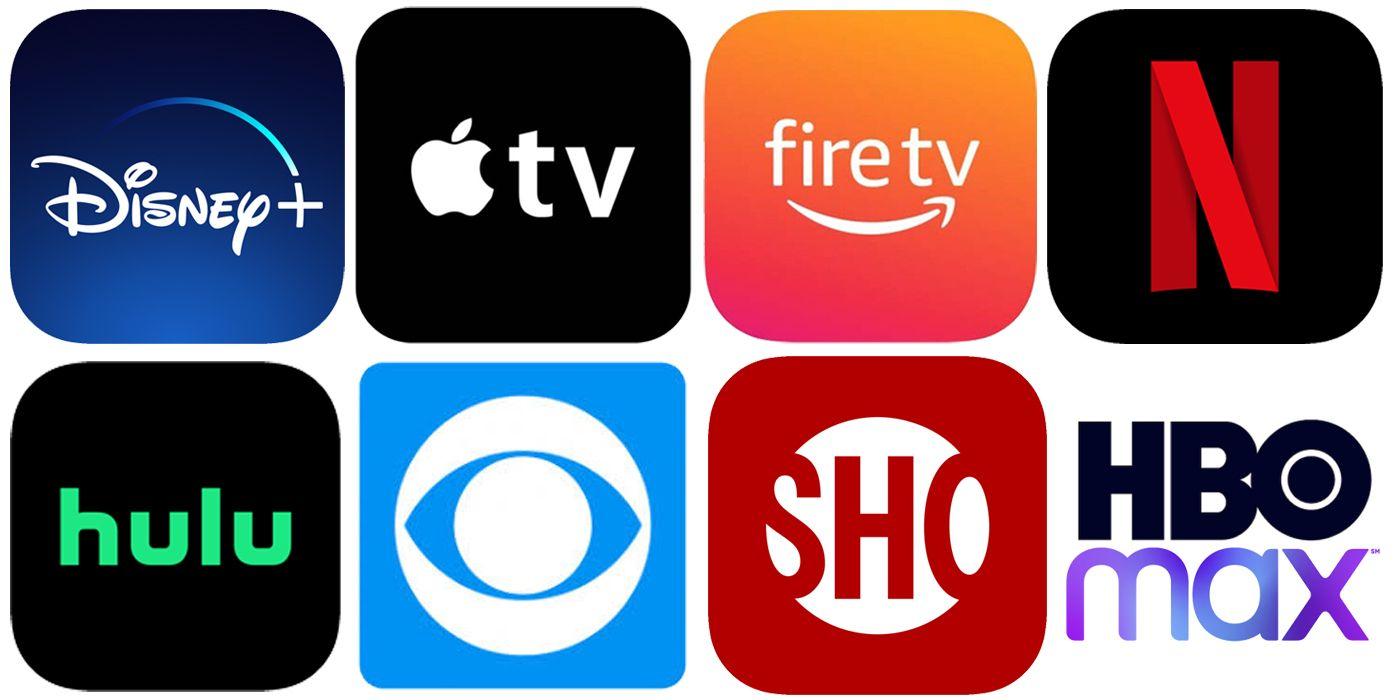In recent years, the entertainment landscape has undergone a seismic shift with the rise of streaming services, transforming how audiences consume content. Platforms like Netflix, Amazon Prime, and Disney+ have revolutionized the industry by offering vast libraries of films, series, and documentaries at the click of a button. However, as the competition among these services intensifies, an intriguing question emerges: Are streaming services prioritizing quantity over quality? This article delves into the strategies employed by these platforms, examining whether the relentless pursuit of expansive content catalogs compromises the caliber of their offerings. By analyzing industry trends, consumer behavior, and critical reception, we aim to uncover the balance—or imbalance—between the sheer volume of available content and the maintenance of high-quality programming in the streaming era.
Evaluating the Content Library Expansion Strategies
In recent years, streaming platforms have been engaged in a fervent race to expand their content libraries. This aggressive expansion strategy often poses a crucial question: is the relentless pursuit of new titles overshadowing the commitment to quality? Content library expansion can be seen as a double-edged sword. On one hand, a diverse array of shows and movies can attract a broader audience base, catering to varied tastes and preferences. However, the rush to acquire or produce a high volume of content may lead to a dilution of quality, where originality and depth take a backseat.
- Viewer Engagement: While more options may increase initial viewer engagement, the lack of compelling storytelling or innovative production can result in a fleeting interest.
- Brand Identity: A focus on quantity might blur a platform’s brand identity, making it harder for audiences to associate it with standout content.
- Production Resources: Spreading production resources thinly across numerous projects could compromise the overall quality and impact of individual titles.
In this landscape, some platforms are experimenting with hybrid strategies, blending high-volume releases with occasional flagship productions that uphold high creative standards. This balanced approach aims to maintain audience interest without sacrificing the quality that can lead to critical acclaim and long-term viewer loyalty.

Analyzing Viewer Engagement and Satisfaction Metrics
When evaluating how streaming services are measuring viewer engagement and satisfaction, it becomes evident that the metrics employed can be as varied as the content itself. Engagement metrics often focus on quantifiable data such as view counts, average watch time, and subscriber growth. These numbers provide a surface-level understanding of how often and how long viewers are tuning in. However, they might not fully capture the nuances of viewer satisfaction. Satisfaction metrics delve deeper, often utilizing user reviews, ratings, and social media sentiment analysis to gauge the emotional and qualitative aspects of viewer experiences. This dual approach raises questions about the balance between quality and quantity in content offerings.
- View Counts: Often prioritize volume over viewer retention.
- Average Watch Time: Highlights content that keeps viewers engaged longer.
- Subscriber Growth: Indicates overall platform appeal but not necessarily content quality.
- User Reviews and Ratings: Provide insight into viewer satisfaction but can be subjective.
- Social Media Sentiment: Captures real-time viewer reactions and trends.
While these metrics can inform content strategy, they may inadvertently lead platforms to prioritize series and films that boost numbers rather than those that deliver enriching narratives. The challenge lies in finding a balance that values both the quantitative reach and the qualitative impact of their content, ensuring that audience satisfaction doesn’t become an afterthought in the pursuit of higher engagement figures.
Assessing the Impact on Original Programming Quality
In the era of streaming dominance, the question arises whether platforms are compromising on the quality of original programming in favor of sheer volume. The focus on expanding libraries quickly to attract a broader audience often results in a mixed bag of content. While some productions are groundbreaking, others may fall short, lacking the depth and innovation once synonymous with the early days of streaming originals. This shift can be attributed to several factors:
- Pressure to Maintain Subscriber Growth: As competition intensifies, platforms are under constant pressure to deliver fresh content, leading to rushed production schedules.
- Algorithm-Driven Decisions: Content choices increasingly rely on algorithms predicting viewer preferences, potentially sidelining unique and experimental projects in favor of safer bets.
- Resource Allocation: With budgets stretched across numerous projects, the allocation of resources might dilute the quality of individual productions.
Despite these challenges, there remains a strong commitment from some streaming services to balance quantity with quality. The key lies in strategic investments in storytelling and talent, ensuring that even as the library expands, the essence of exceptional programming is not lost.

Recommendations for Balancing Content Volume and Excellence
In the quest to balance content volume with excellence, streaming services can adopt several strategic approaches. Firstly, implementing a rigorous curation process can help in filtering out content that doesn’t meet quality standards. This could involve engaging with experienced content curators and leveraging data analytics to assess audience preferences and feedback. Secondly, prioritizing diverse storytelling can enrich the content library, ensuring that a variety of voices and perspectives are represented, which can enhance both the quality and appeal of the platform’s offerings.
Furthermore, investing in high-caliber talent both in front of and behind the camera is crucial. By fostering relationships with esteemed creators, platforms can elevate the quality of their productions. Additionally, a focus on sustainable production practices not only aligns with ethical standards but also often results in more thoughtful and polished content. Streaming services can also benefit from adopting adaptive release strategies, such as staggered releases or limited series, which can maintain viewer engagement while allowing for a meticulous focus on quality over quantity.
Key Takeaways
the debate over whether streaming services are prioritizing quantity over quality is a multifaceted issue that reflects the evolving landscape of media consumption. As platforms strive to expand their subscriber bases and cater to diverse audiences, the sheer volume of content has undeniably increased. However, this expansion does not inherently equate to a decline in quality. While some viewers may find the proliferation of content overwhelming, others appreciate the wide array of choices that cater to varied tastes and preferences. Ultimately, the challenge for streaming services lies in balancing the scale of their offerings with the maintenance of high standards that meet audience expectations. As the industry continues to grow, it will be crucial for these platforms to navigate this balance carefully, ensuring that the pursuit of quantity does not overshadow the essence of quality storytelling. The ongoing discourse among creators, critics, and consumers will undoubtedly shape the future of streaming, as stakeholders collectively seek to define what constitutes quality in this dynamic digital era.







































